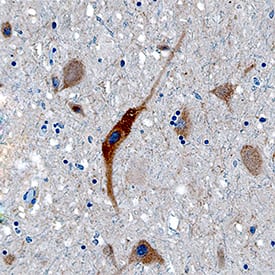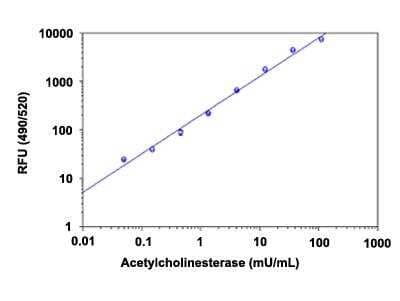Acetylcholinesterase/ACHE Products
The classical role of ACHE is to terminate cholinergic neurotransmission by hydrolysis of acetylcholine (ACH). ACHE is thought to be involved in the pathology of Alzheimer's disease (AD) by accelerating the assembly of Abeta peptides into fibrillar species through forming complexes with Abeta via the peripheral anionic site on ACHE. ACHE inhibitors have been used to delay symptoms of AD patients by virtue of their ability to enhance ACH availability, as well as reduce amyloidogenesis and subsequent neurotoxicity. Its involvement in the cholinergic anti-inflammatory pathway connects ACHE with a possible marker of low-grade systemic inflammation in obesity, hypertension, coronary heart disease, and AD. Alternative splicing produces three isoforms: an amphipathic form that exists as both monomeric and mutimeric forms, a soluble-monomeric form lacking the cysteine residue near the C-terminus, and a GPI-anchored dimeric form found in the membranes of erythrocytes. The recombinant mouse ACHE (rmACHE) was expressed as the amphipathic form that consists of soluble monomer and mutimeric forms.
146 results for "Acetylcholinesterase/ACHE" in Products
146 results for "Acetylcholinesterase/ACHE" in Products
Acetylcholinesterase/ACHE Products
The classical role of ACHE is to terminate cholinergic neurotransmission by hydrolysis of acetylcholine (ACH). ACHE is thought to be involved in the pathology of Alzheimer's disease (AD) by accelerating the assembly of Abeta peptides into fibrillar species through forming complexes with Abeta via the peripheral anionic site on ACHE. ACHE inhibitors have been used to delay symptoms of AD patients by virtue of their ability to enhance ACH availability, as well as reduce amyloidogenesis and subsequent neurotoxicity. Its involvement in the cholinergic anti-inflammatory pathway connects ACHE with a possible marker of low-grade systemic inflammation in obesity, hypertension, coronary heart disease, and AD. Alternative splicing produces three isoforms: an amphipathic form that exists as both monomeric and mutimeric forms, a soluble-monomeric form lacking the cysteine residue near the C-terminus, and a GPI-anchored dimeric form found in the membranes of erythrocytes. The recombinant mouse ACHE (rmACHE) was expressed as the amphipathic form that consists of soluble monomer and mutimeric forms.
| Source: | CHO |
| Accession #: | P22303 |
| Applications: | EnzAct |
| Applications: | Func |
| Reactivity: | Human, Mouse, Rat |
| Details: | Rabbit IgG Polyclonal |
| Applications: | IHC, WB, ICC/IF |
| Reactivity: | Human, Mouse, Rat |
| Details: | Goat IgG Polyclonal |
| Applications: | IHC, WB, ELISA, ICC/IF, Flow |
| Reactivity: | Human |
| Details: | Sheep IgG Polyclonal |
| Applications: | IHC |
| Reactivity: | Human |
| Details: | Sheep IgG Polyclonal |
| Applications: | IHC |
| Assay Range: | 250 - 16,000 pg/mL |
| Applications: | ELISA |
Recombinant Monoclonal Antibody
| Reactivity: | Mouse, Rat |
| Details: | Rabbit IgG Monoclonal Clone #HL1102 |
| Applications: | IHC, WB |
| Applications: | ELISA |
| Reactivity: | Human |
| Details: | Mouse IgG1 Monoclonal Clone #872044 |
| Applications: | IHC |
| Applications: | Func |
| Reactivity: | Human |
| Details: | Mouse IgG1 Monoclonal Clone #872044 |
| Applications: | IHC |
| Reactivity: | Human |
| Details: | Sheep IgG Polyclonal |
| Applications: | IHC |
| Reactivity: | Human |
| Details: | Sheep IgG Polyclonal |
| Applications: | IHC |
| Reactivity: | Human |
| Details: | Sheep IgG Polyclonal |
| Applications: | IHC |
| Reactivity: | Human |
| Details: | Sheep IgG Polyclonal |
| Applications: | IHC |
| Reactivity: | Human |
| Details: | Sheep IgG Polyclonal |
| Applications: | IHC |
| Reactivity: | Human |
| Details: | Sheep IgG Polyclonal |
| Applications: | IHC |
| Reactivity: | Human |
| Details: | Sheep IgG Polyclonal |
| Applications: | IHC |
| Reactivity: | Human |
| Details: | Sheep IgG Polyclonal |
| Applications: | IHC |
| Source: | NS0 |
| Accession #: | P21836 |
| Applications: | EnzAct |
| Reactivity: | Human |
| Details: | Mouse IgG1 Monoclonal Clone #872044 |
| Applications: | IHC |
| Reactivity: | Human |
| Details: | Mouse IgG1 Monoclonal Clone #872044 |
| Applications: | IHC |
| Reactivity: | Human |
| Details: | Mouse IgG1 Monoclonal Clone #872044 |
| Applications: | IHC |
| Reactivity: | Human |
| Details: | Mouse IgG1 Monoclonal Clone #872044 |
| Applications: | IHC |

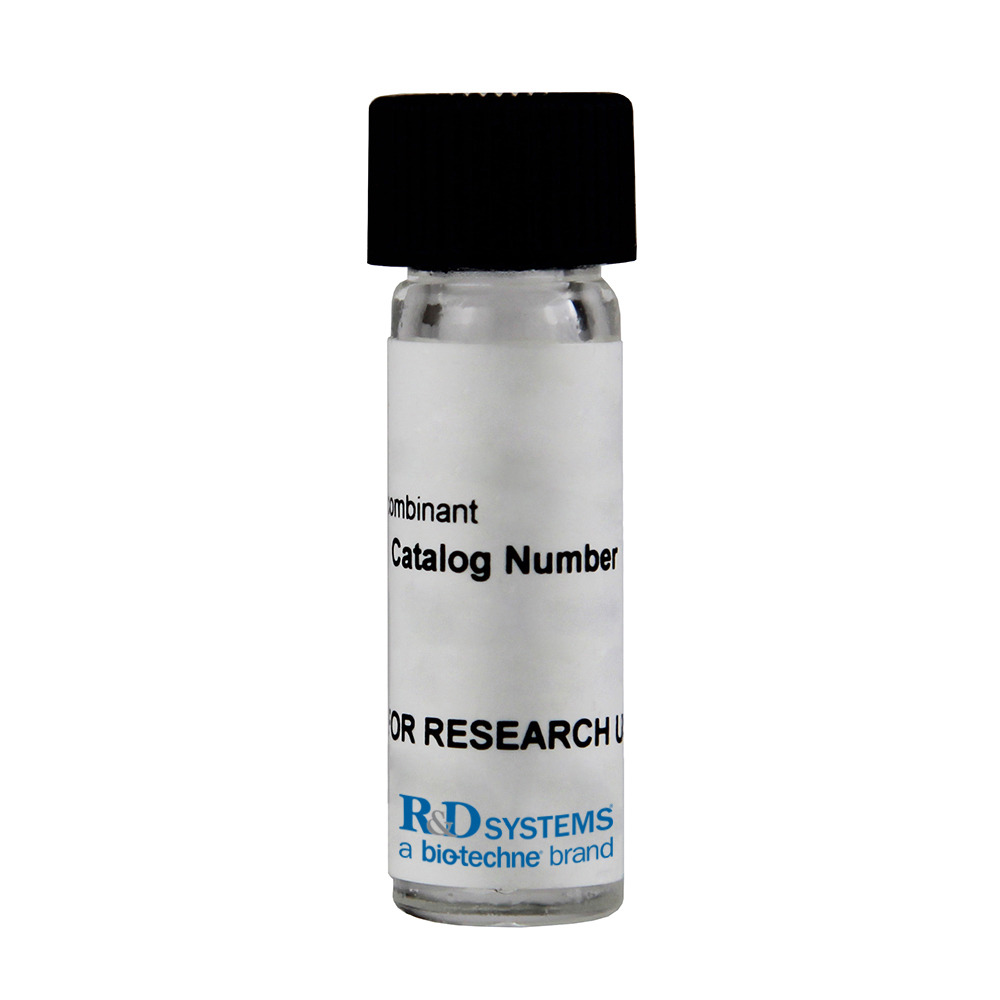

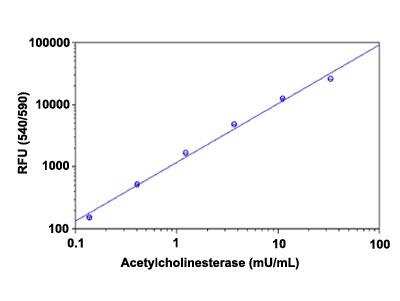
![Western Blot: Acetylcholinesterase/ACHE Antibody [NBP1-31329] Western Blot: Acetylcholinesterase/ACHE Antibody [NBP1-31329]](https://resources.bio-techne.com/images/products/Acetylcholinesterase-ACHE-Antibody-Western-Blot-NBP1-31329-img0020.jpg)
![Western Blot: Acetylcholinesterase/ACHE Antibody [NB100-1519] Western Blot: Acetylcholinesterase/ACHE Antibody [NB100-1519]](https://resources.bio-techne.com/images/products/Acetylcholinesterase-ACHE-Antibody-Western-Blot-NB100-1519-img0006.jpg)

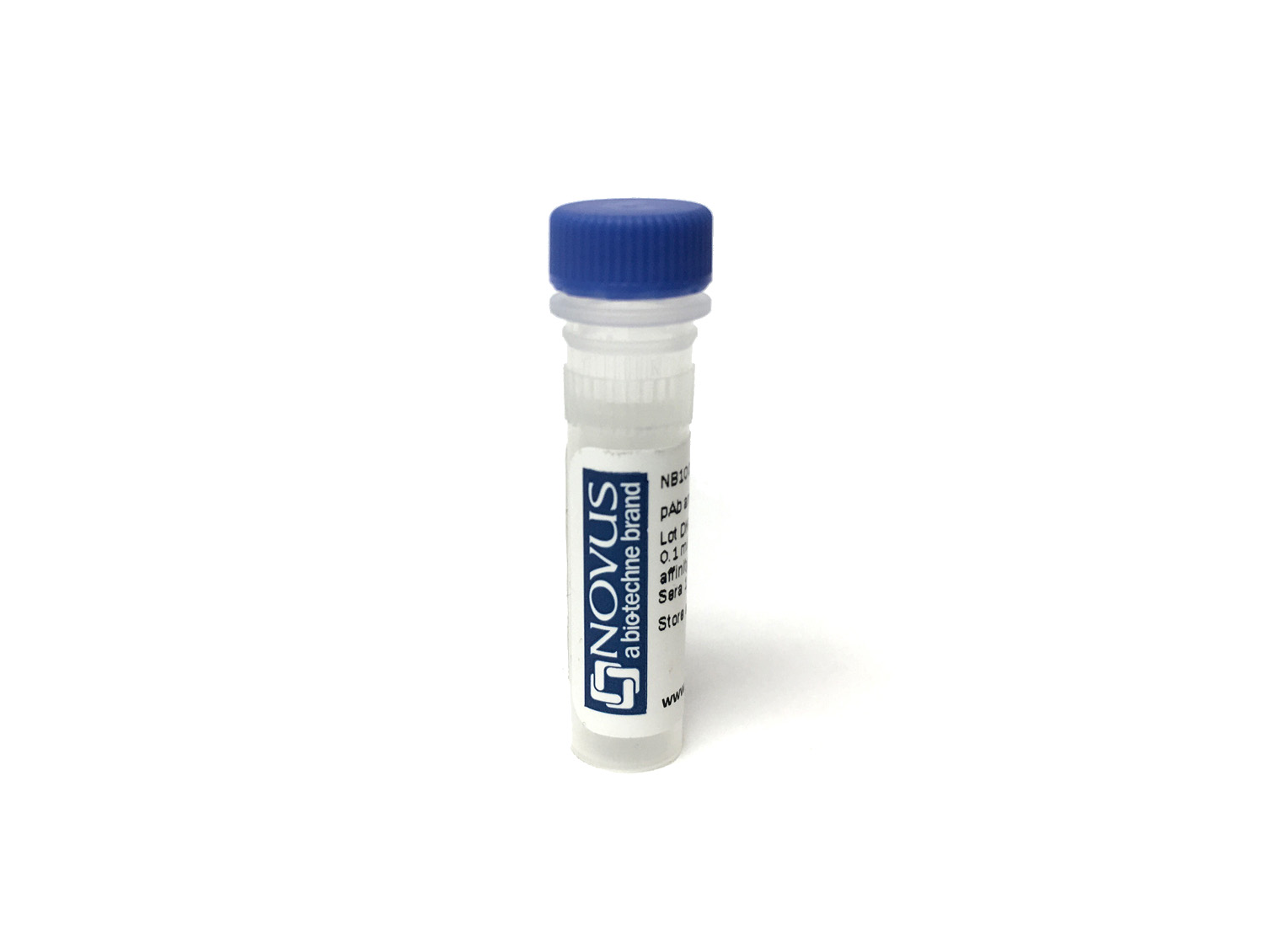

![Western Blot: Acetylcholinesterase/ACHE Antibody (HL1102) [NBP3-13720] Western Blot: Acetylcholinesterase/ACHE Antibody (HL1102) [NBP3-13720]](https://resources.bio-techne.com/images/products/Acetylcholinesterase-ACHE-Antibody-HL1102-Western-Blot-NBP3-13720-img0003.jpg)
![ELISA: Human Acetylcholinesterase/ACHE ELISA Kit (Chemiluminescence) [NBP2-66390] - Human Acetylcholinesterase/ACHE ELISA Kit (Chemiluminescence)](https://resources.bio-techne.com/images/products/nbp2-66390_human-acetylcholinesterase-ache-elisa-kit-chem-13220241626199.jpg)
